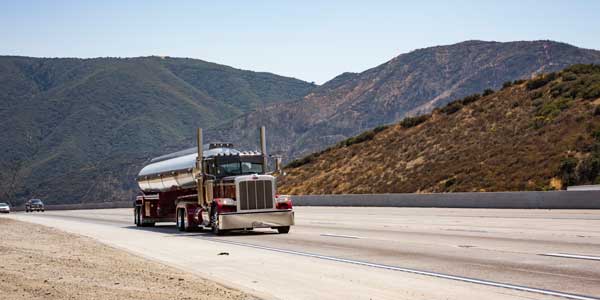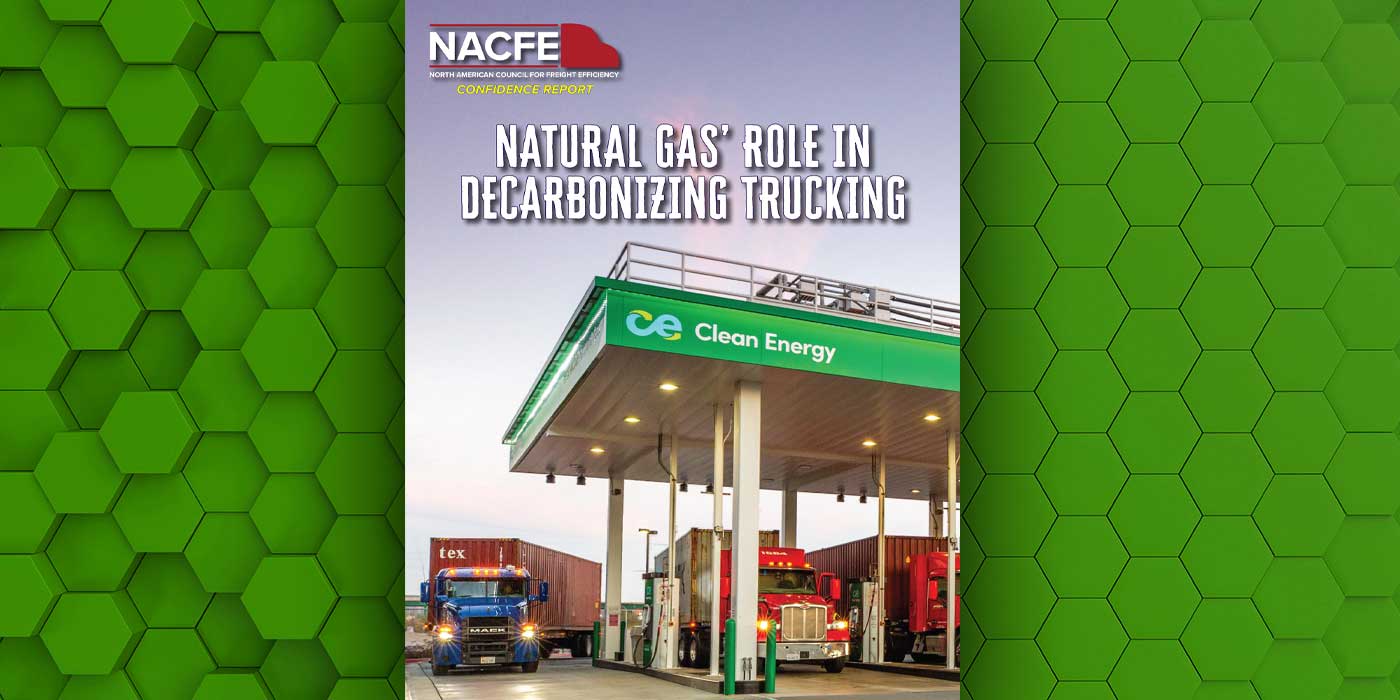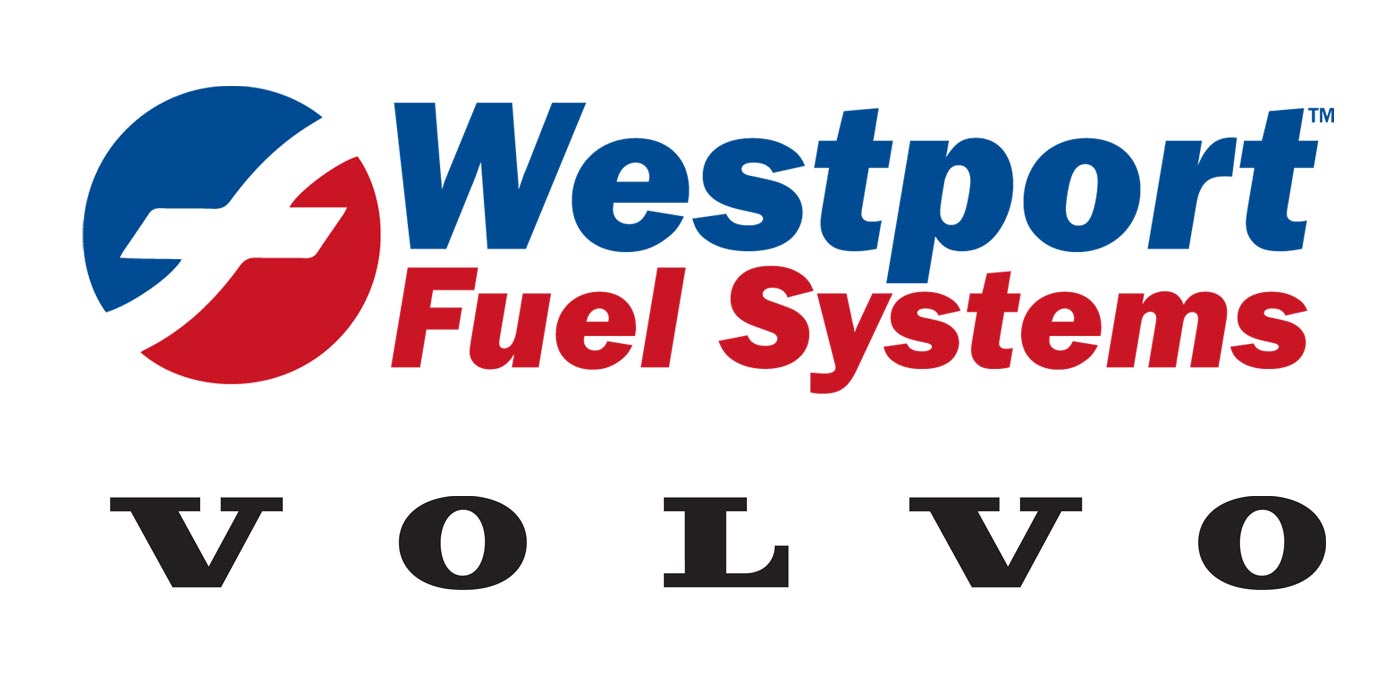Biofuels are a reality for today’s fleets. Should you use them, should you not? To find some clarity on the matter, Troy Shoen, senior manager of marketing for Renewable Energy Group Inc., sounded off on five ways biodiesel can help your fleet.
1. Performance
Fleets throughout North America are running on biodiesel blends of up to 20%. They wouldn’t be doing that if the renewable fuel hurt their performance. Biodiesel does not harm engines, and it can actually outperform petroleum diesel in some areas. For instance, the ASTM specification for biodiesel requires a minimum Cetane number of 47. The ASTM diesel spec is 40. Higher cetane equals a shorter ignition time and better performance. Also, the removal of sulfur in ULSD also took the lubricity out of the fuel. Adding as little as 2% biodiesel—a B2 blend—can double the amount of lubricity in the fuel. This too is critical for performance because modern diesel engines rely, in part, on fuel to aid in the lubricating process.
2. Emissions
Biodiesel blends can significantly lower a fleet’s emissions, as Dr. Dave Slade of REG noted in a recent Fleet Equipment column. A B20 blend has been shown to reduce particulate matter and carbon monoxide emissions by more than 10% and unburned hydrocarbons by more than 20% in heavy-duty highway engines. Public and private fleets are increasingly facing pressure from internal and external stakeholders to reduce their carbon footprints. Biodiesel is a potential solution for them.
3. Business advantage
This is largely related to biodiesel’s environmental advantage over petroleum. Today, it’s common for companies and governments to have sustainability plans that apply to both their operations and the vendors they use. Walmart, for example, has a stated goal of reducing emissions in its supply chain by 1 gigaton by 2030. Another example comes from for-hire carrier G&D Integrated, which says RFPs are now asking about sustainability initiatives. They have even won business for their use of biodiesel blends.
4. Financial incentives
Besides giving you an advantage in bidding for jobs, biodiesel can sometimes pay off just with its use. Several states offer financial incentives for the blending, use or sale of biodiesel. Illinois, for example, offers a 20% exemption from the state’s 6.25% sales tax for biodiesel blends of 1 to 10%. That increases to a full exemption of the sales tax for blends of 11% or more. The federal government also has biodiesel incentives.
5. Easy implementation
Want to start running your tractor trailer or work truck on B20? Just pump it into your tank. Biodiesel blends don’t require any vehicle upgrades. If you operate your own fueling site, biodiesel is also an easy switch from a supply and infrastructure standpoint. If you want blended fuel, ask your current diesel supplier if they can get you product. Some biodiesel producers, including REG, also supply blended fuel. If you plan to do your own blending, you will need a dedicated biodiesel storage tank and blending system. While the initial cost may seem expensive, the return on investment is often achieved in only six to 18 months.
To talk more specifically about what biodiesel can do for your fleet, feel free to drop an email to [email protected].
This article was contributed by Troy Shoen, senior manager of marketing for Renewable Energy Group Inc.













